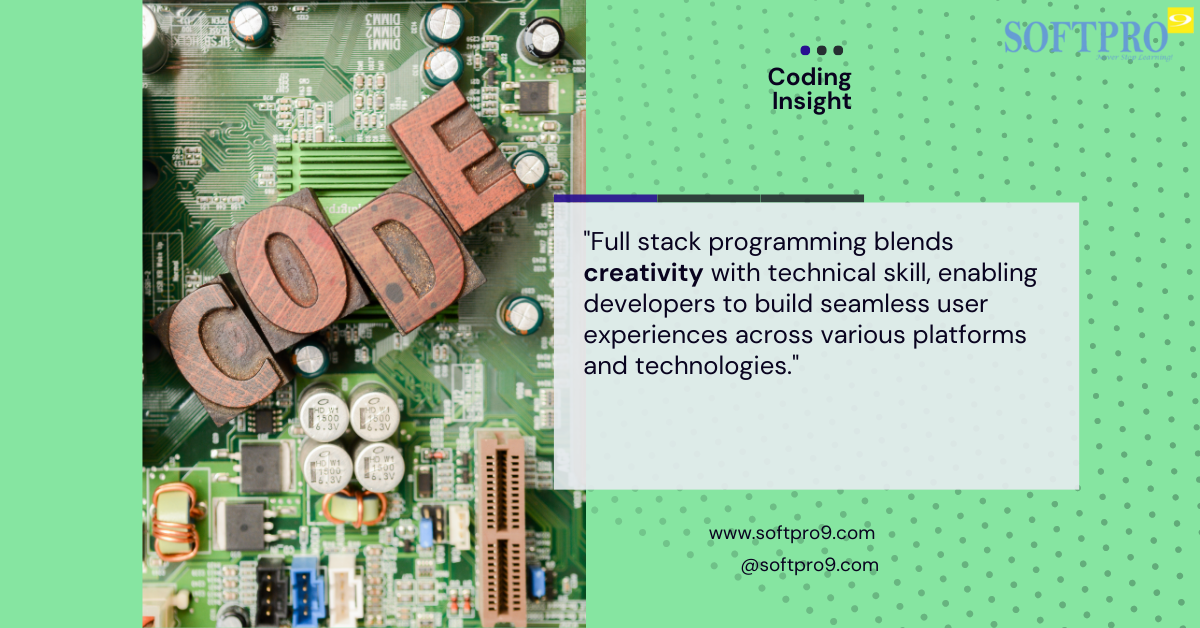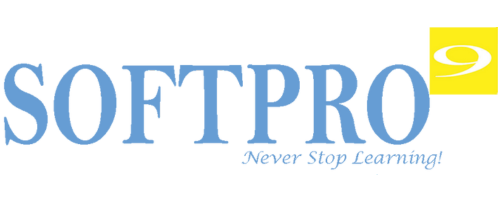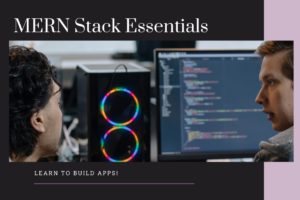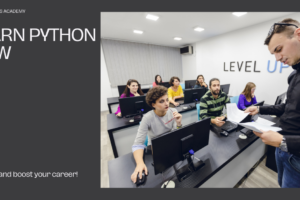
What Languages Are Used In Full Stack Programming?
#1 Myinstitutes.com is one of the Best Educational Portal and Training Institutes in MYSORE, MANGALORE, and BANGALORE.
In today’s digital world, full-stack programming is at the heart of creating dynamic, interactive, and functional web applications. Full-stack developers need to be versatile, knowledgeable, and skilled in both frontend and backend programming. This dual skill set allows them to build complete applications that work seamlessly from user interfaces to backend databases. But what programming languages are essential for full-stack development? Let’s dive deep into the most popular languages and frameworks used on both the client and server sides, and understand why each plays a crucial role in web development.
1. Frontend Languages: Building the User Experience
The frontend, or client side, is where users interact with the application. It’s responsible for everything they see and engage with on a website or app. Here are the core languages for creating responsive, visually appealing, and user-friendly frontends.
- HTML (HyperText Markup Language): As the fundamental language for creating web content, HTML structures every webpage, from basic text to multimedia elements. Without HTML, no content would be visible to users. HTML defines the layout, organizes sections, and embeds elements, forming the framework on which other frontend languages build.
- CSS (Cascading Style Sheets): CSS works alongside HTML to bring style to the webpage. CSS manages color schemes, fonts, layouts, and even advanced animations. It makes web pages responsive and visually cohesive, ensuring a consistent experience across devices. CSS preprocessors like SASS and LESS make CSS more powerful and manageable, enabling developers to write organized, reusable code.
- JavaScript: JavaScript is the go-to language for adding interactivity to a website. It enables animations, handles events, and allows the creation of complex features like forms, sliders, and real-time updates. With JavaScript, users can experience smooth, interactive elements that enhance the usability of a site. Additionally, frameworks and libraries like React, Angular, and Vue.js have revolutionized frontend development, making it easier to build single-page applications (SPAs) and complex user interfaces.
2. Backend Languages: Managing Data and Business Logic
The backend, or server side, is where data processing, business logic, and database management occur. It powers the “behind-the-scenes” part of an application, ensuring that users get the data and features they need quickly and securely.
- Python: Known for its readability, simplicity, and flexibility, Python is highly popular in backend development. Frameworks like Django and Flask make Python particularly effective for web applications, enabling secure, scalable, and robust web backends. Python is also widely used in fields like data science and machine learning, making it valuable for web applications that require advanced analytics.
- Java: Java is often favored for enterprise-level applications due to its scalability, security, and cross-platform capabilities. It’s ideal for handling large-scale, high-performance applications. The Spring Boot framework has simplified Java development, making it a popular choice for building RESTful APIs and complex backend systems.
- Node.js: With Node.js, JavaScript can be used on the server side as well as the client side, streamlining the full-stack development process. Node.js is fast, lightweight, and excels at handling asynchronous operations, which is vital for real-time applications like chat apps or collaborative tools. Its package manager, NPM, provides access to a vast library of modules and tools, making Node.js an incredibly versatile choice for backend development.
- PHP: A traditional language in web development, PHP powers a significant portion of the web, including platforms like WordPress, Joomla, and Drupal. While its popularity has waned slightly, PHP remains a strong option for backend development due to its simplicity, support for a wide range of hosting services, and rich ecosystem of libraries and frameworks like Laravel and Symfony.
3. Database Languages: Storing and Retrieving Data
Databases are essential in any application that requires data storage, retrieval, and management. Full-stack developers often work with both relational and non-relational databases, depending on the project’s needs.
- SQL (Structured Query Language): SQL is the standard for relational databases, which store data in a structured format. SQL is crucial for applications where data consistency and integrity are important, such as financial or e-commerce applications. Popular SQL databases include MySQL, PostgreSQL, and SQLite.
- NoSQL (e.g., MongoDB): NoSQL databases offer a flexible approach to data storage, often storing data in a document or key-value format rather than a rigid table structure. This flexibility is ideal for applications needing to handle large volumes of unstructured or semi-structured data, such as social media platforms or real-time analytics systems. MongoDB is a widely used NoSQL database that pairs well with Node.js, particularly in the MEAN and MERN stacks.
4. Full Stack Frameworks and Stacks
Full-stack developers often use frameworks and stacks that bundle languages, tools, and libraries to streamline development. These frameworks enable rapid development, improve efficiency, and provide pre-configured solutions for common challenges.
- MEAN Stack (MongoDB, Express.js, Angular, Node.js): A popular stack that uses JavaScript from frontend to backend, simplifying development. The MEAN stack is known for building scalable, efficient, and real-time applications.
- MERN Stack (MongoDB, Express.js, React, Node.js): Similar to the MEAN stack but with React instead of Angular, the MERN stack is preferred for single-page applications and dynamic web apps that need a high level of interactivity.
- LAMP Stack (Linux, Apache, MySQL, PHP): LAMP is one of the earliest stacks and remains popular for PHP-based applications. It’s reliable, secure, and well-suited for many traditional web applications.
Conclusion: A Versatile Skill Set for Full-Stack Developers
Full-stack development requires a solid understanding of both frontend and backend languages, as well as database management. Each language and framework has its strengths and is suited to specific types of applications. By mastering a versatile set of tools, full-stack developers can build end-to-end solutions that are efficient, maintainable, and scalable. For aspiring developers, knowing which languages to focus on is the first step to becoming proficient in full-stack programming and joining the ranks of skilled web developers in today’s tech-driven world.



